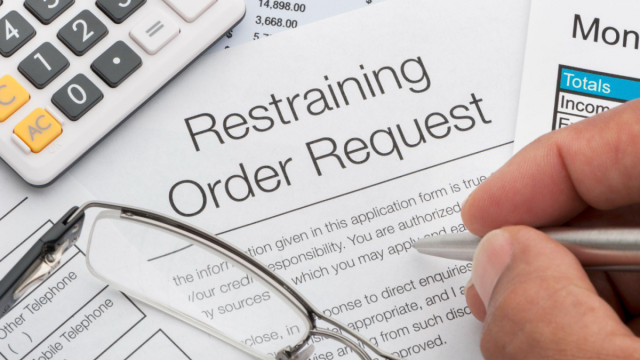In challenging circumstances where personal safety is paramount, obtaining a restraining order can be a crucial step towards protection and peace of mind. From understanding eligibility criteria to navigating court procedures, this guide is designed to empower individuals seeking legal recourse. Whether you’re dealing with threats, harassment, or domestic violence, this step-by-step resource aims to provide clarity and support, assisting you in taking the necessary steps to secure a restraining order and safeguard your well-being.
However, it’s imperative to note the legal consequences associated with filing a false order of protection. Misuse of this legal tool not only undermines the integrity of the justice system but can lead to serious repercussions. Courts may impose penalties, including fines or even legal action, highlighting the importance of responsible and truthful utilization of the restraining order process for the protection of all parties involved.
Recognizing the Need
Contents
Recognizing the need for a restraining order requires a careful evaluation of situations jeopardizing personal safety. Be vigilant in identifying recurring patterns of harassment, threats, or violence. Trust your instincts as a guiding force, prompting you to take decisive steps in seeking legal protection. Understanding the gravity of such situations empowers individuals to prioritize their well-being and initiate the necessary legal processes to secure a restraining order. It is through this proactive stance that one can navigate towards a safer and more secure environment, shielding themselves from potential harm and fostering personal empowerment through legal recourse.
Documenting Incidents
Comprehensive documentation is essential. Record incident dates, times, and specifics, while collecting witness accounts when available. Preserve any pertinent communication for a thorough record. This comprehensive documentation becomes pivotal evidence when pursuing a restraining order, bolstering your case in the eyes of the court. The meticulous collection of information enhances the credibility of your claims, offering a detailed and compelling narrative that supports the need for legal intervention and reinforces the pursuit of protective measures.
Filing Procedures
Understanding the legal steps for filing a restraining order is vital. Research the specific requirements in your jurisdiction, complete the necessary paperwork accurately, and submit it to the appropriate court. Adhering to proper filing procedures is essential for a successful application.
Facing the legal process can be daunting. Prepare for the courtroom experience by understanding the hearing process, what to expect during proceedings, and how to present your case effectively. Familiarity with courtroom dynamics enhances your confidence and ensures a smoother legal journey.
Ensuring Ongoing Protection
Obtaining a restraining order is a significant step, but it’s crucial to understand the enforcement mechanisms and the duration of the order. Be aware of renewal procedures, stay vigilant, and actively engage in ongoing measures to ensure the sustained effectiveness of the protection granted by the order. While obtaining a restraining order is crucial for personal safety, it’s important to note that the legal landscape also considers the potential impact on individual rights, such as gun ownership. Understanding the complexities involved in restoring gun rights should be approached with diligence, seeking legal advice to navigate these intricacies and ensuring a comprehensive and well-informed approach to personal security.


